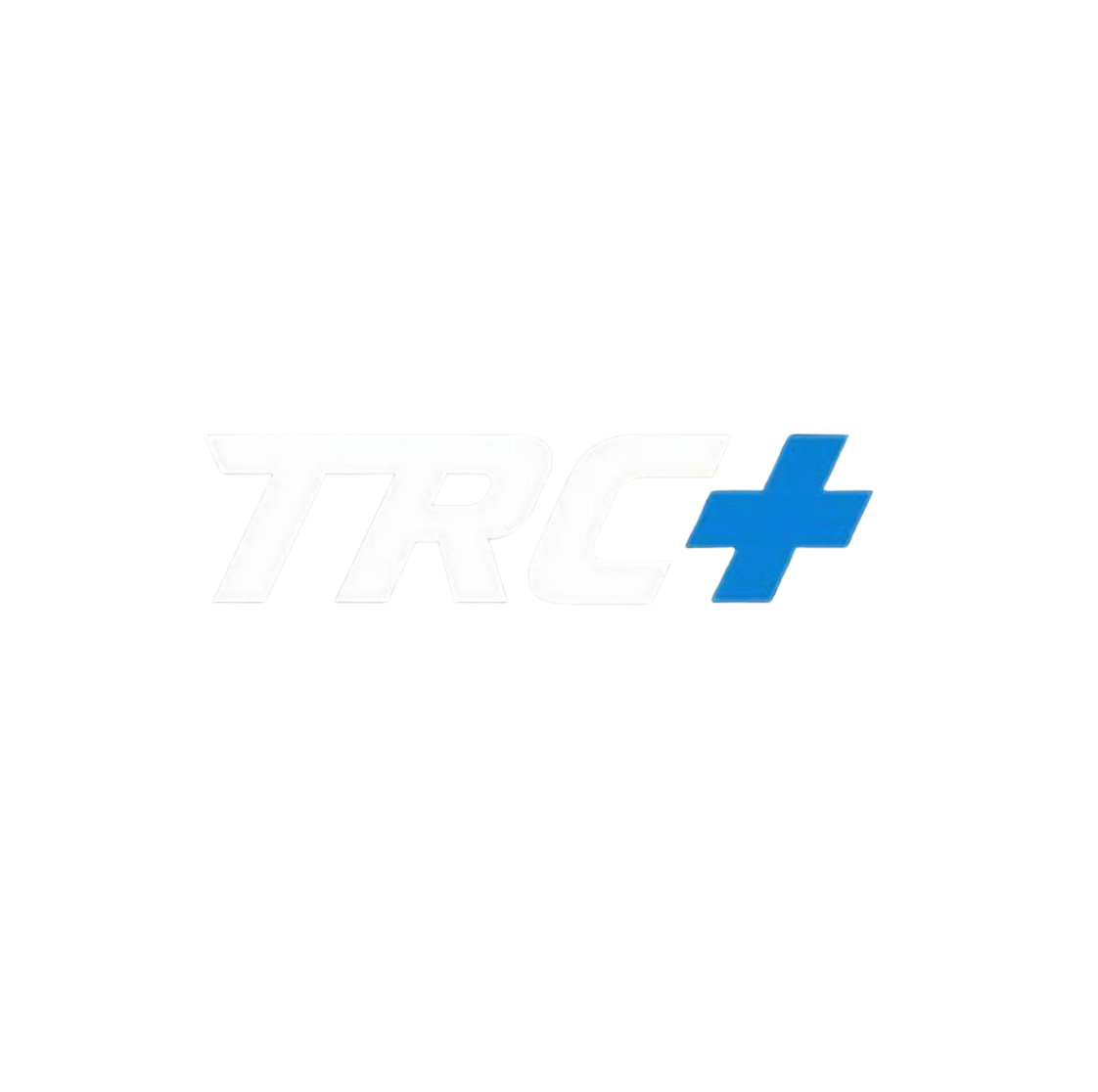5 Recovery Myths That Are Slowing Your Progress
You train hard. You stay active. You take your recovery seriously… or so you thought.
But if you're constantly sore, still dealing with nagging pain, or not making performance gains, there’s a good chance your recovery routine is built on outdated advice.
At TRC+ in Boise, we work with athletes, active professionals, and weekend warriors to optimize recovery and performance using evidence-based tools and strategies. Let’s bust the five most common recovery myths that may be slowing your progress—and show you what to do instead.
1. “Soreness Means a Good Workout”
The myth: If you’re sore, it means your workout “worked.”
The truth: Soreness—known as delayed onset muscle soreness (DOMS)—is simply your body reacting to unfamiliar or intense movement, often from eccentric loading or novel stimuli. But soreness doesn’t guarantee progress, and chasing it can backfire.
When people use soreness as their only training feedback, they risk overtraining, delayed recovery, and even injury. Some of the best training phases in high-performance programs involve little to no soreness—just consistent progress.
What to do instead: Track performance markers (like strength, mobility, and energy levels) rather than relying on how sore you feel. At TRC+, we help patients understand recovery cycles and how to maximize gains without pushing past the point of benefit.
Still sore 48+ hours later? Book a full recovery session with Normatec + bodywork to accelerate healing.
2. “Just Ice and Rest It”
The myth: Ice it and rest—classic advice for any injury.
The truth: While ice can be helpful immediately after acute injury for temporary pain relief, it doesn’t promote long-term healing. And too much rest? That’s a fast track to deconditioning, loss of mobility, and stiffness.
Research increasingly supports active recovery—gentle movement, blood flow, and graded exposure—as the key to tissue regeneration and pain reduction. When we sit still, our tissues stiffen and circulation slows, creating more discomfort and dysfunction.
What to do instead: Think “load it, don’t baby it”—but in a structured way. At TRC+, we blend hands-on therapy (like cupping, scraping, and percussion), targeted rehab, and tech-based modalities to keep healing on track while avoiding setbacks.
Not sure what your injury needs? Come in for a movement assessment.
3. “Stretching Prevents Injuries”
The myth: Stretch before and after every workout or you’ll get hurt.
The truth: Static stretching is often overhyped. It can temporarily increase range of motion but doesn’t do much to reduce injury risk unless paired with mobility control, joint stability, and strength.
In fact, for some athletes—especially hypermobile ones—excessive stretching without control can make things worse. Injury prevention comes from building resilience in ranges of motion, not just hitting the splits.
What to do instead: Replace generic stretching with dynamic warm-ups, mobility drills, and tissue-specific strength. At TRC+, we assess your functional movement and build a plan that develops usable, strong mobility—not just flexibility for the sake of it.
Want to move better, not just “feel loose”? Schedule a movement analysis.
4. “Recovery = Rest Days”
The myth: Just take a day off—your body will bounce back.
The truth: Rest is part of recovery—but passive recovery alone isn’t enough. In fact, doing nothing often leads to more stiffness, poor circulation, and delayed tissue repair. Recovery is most effective when it’s intentional and active.
Movement boosts blood flow, improves nutrient delivery, and flushes waste byproducts that build up from hard training. Plus, it reinforces brain-muscle connections and builds resilience under light load.
What to do instead: Use your “rest days” as active recovery days. At TRC+, we incorporate modalities like Normatec compression, infrared heat, manual therapy, and guided recovery movement to supercharge healing.
Learn more about our full recovery sessions here and how they keep your body game-ready.
5. “Supplements and Gadgets Fix Everything”
The myth: Take the right pills, get the newest gadget, and your body will recover like a pro.
The truth: There’s no hack or magic tool that replaces quality sleep, nutrition, movement, hydration, and structured recovery. Supplements and devices like massage guns can be helpful—but only if used in context.
Recovery is a system, not a shortcut. Throwing money at tools without addressing the foundations leads to wasted time, plateaued performance, and sometimes more confusion than clarity.
What to do instead: Build your recovery around proven methods. At TRC+, we guide patients through a custom plan that blends hands-on therapy, rehab principles, performance tracking, and modern recovery tools—all tailored to your body and your goals.
Ask about how we integrate recovery tech like Hypervolt, Normatec, cupping, and scraping into your plan.
Final Thoughts: Recovery Is a Strategy, Not a Side Note
Most people don’t need more effort—they need better strategy.
That’s what we specialize in at TRC+.
If you’re tired of pain, slow bounce-back, or guessing what your body needs, it’s time to break free of myths and build a smarter, results-driven recovery plan. Whether you're recovering from injury, prepping for a race, or just trying to feel better day to day, we’re here to help.
Ready to recover smarter?
📍 Visit us at TRC+ Sports Chiropractic & Recovery in Boise
🗓️ Book your first session or discovery visit now
